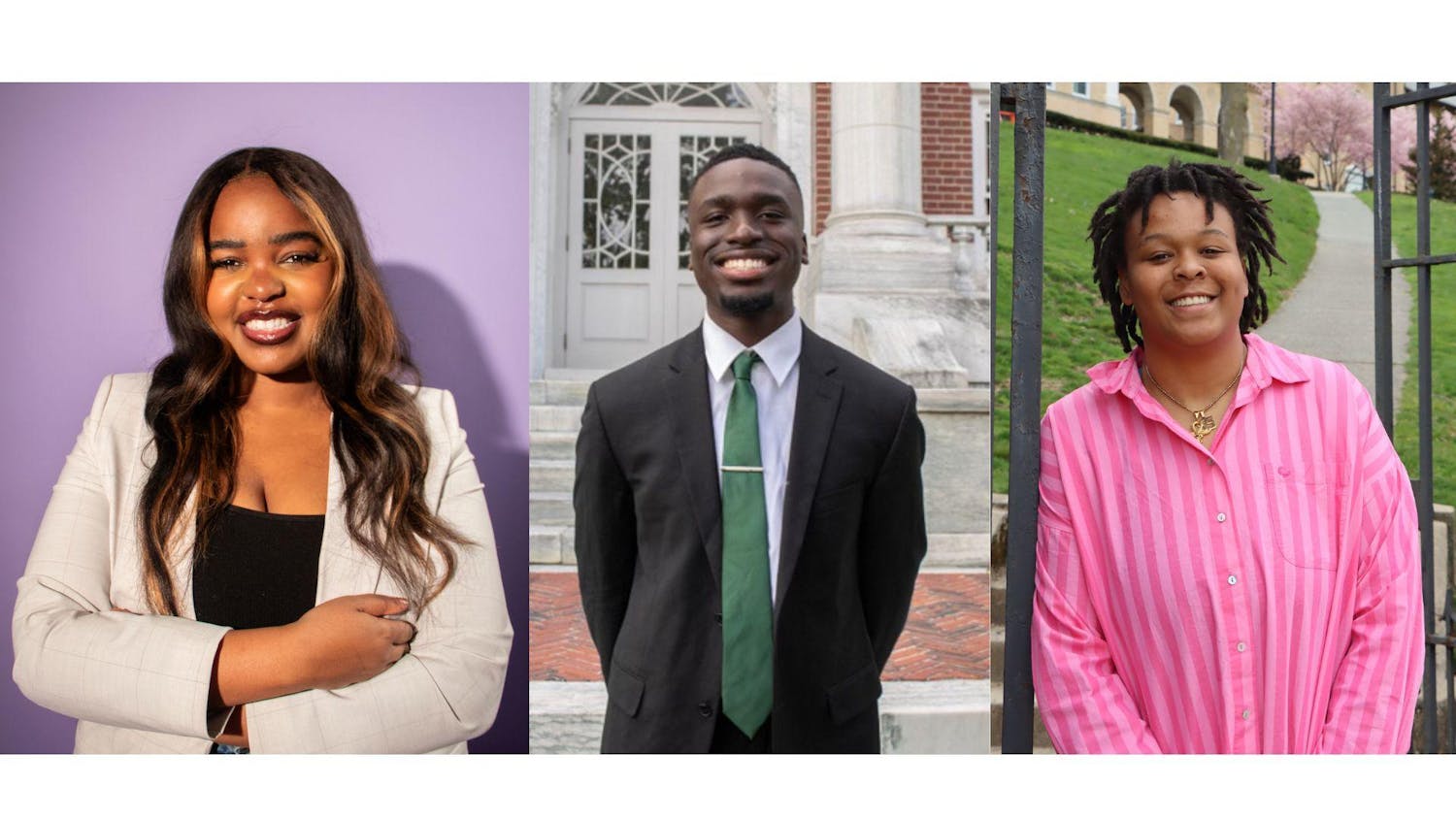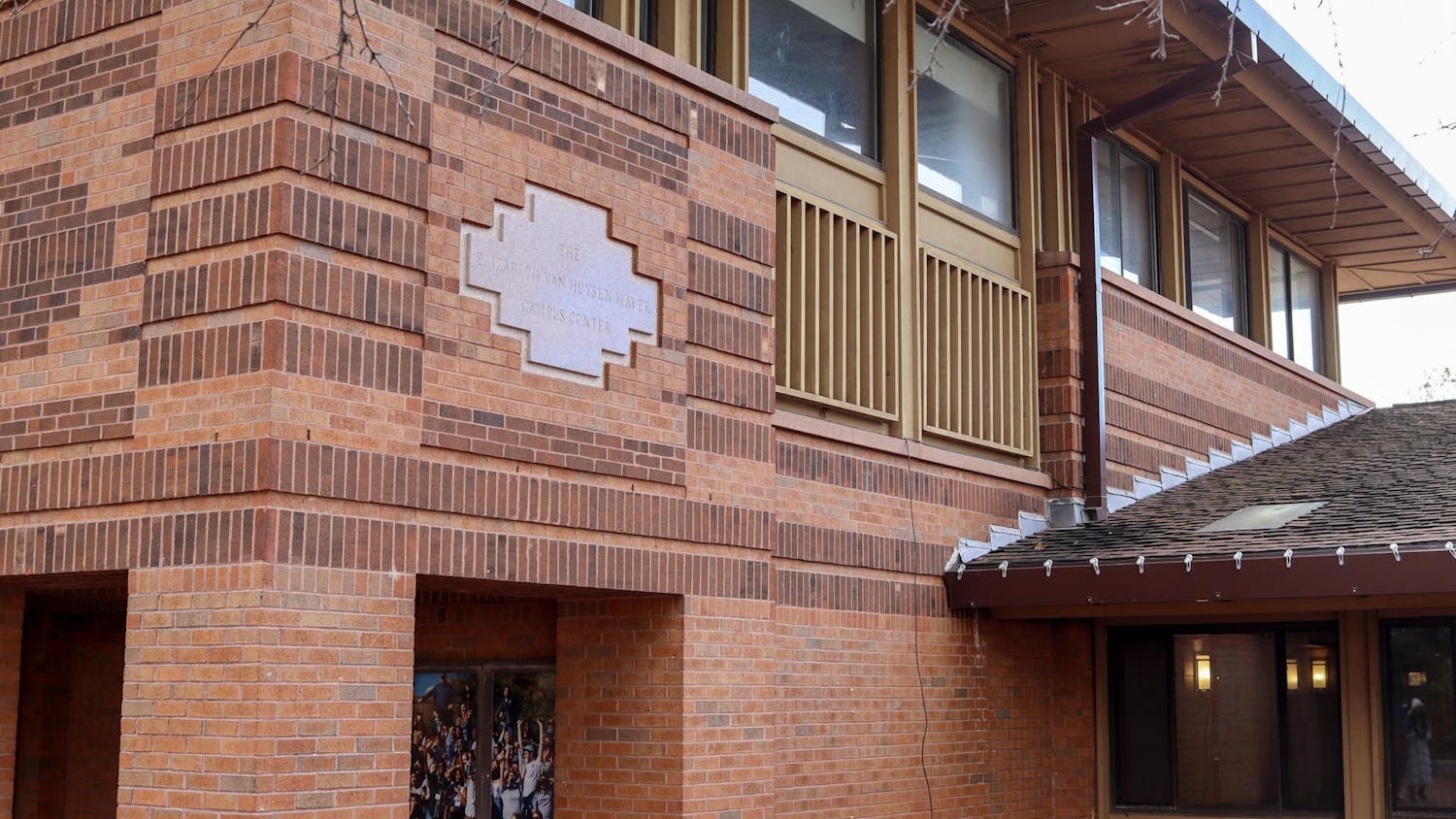Tufts Digital Collections and Archives collaborated with University Information Technology Educational and Scholarly Technology Services (UITESTS) to launch a new user-friendly interface for the Tufts Digital Library, an online service for sharing resources related to Tufts.
The collection, found at dl.tufts.edu, includes student and faculty scholarship as well as historical materials associated with Tufts, such as photographs, old issues of the Tufts Daily and audio recordings of broadcast journalist Edward R. Murrow's radio show, according to Digital Resources Archivist Deborah Kaplan.
Although Digital Collections and Archives and UITESTS had been discussing the redesign for several years, the interface only took one year to create, Director and University Archivist Anne Sauer said.
"We had a period of very intense design and planning meetings in the spring and early summer, and since then it's been focused on the development side of the work," she said. "This was a major undertaking, and the fact that we were able to get it done in a year took a lot of hard work from a lot of people."
The new interface was designed using Hydra, a system that will make it easier for viewers to search, add and organize new materials, according to Kaplan. As Hydra is an open source project, the Tufts collections are now public and globally accessible, she said.
"Hydra was used partly because it is so easy, and partly because it was something that our peers were using that was easy to use and that we could see was going to have continuing support," Kaplan said.
The old interface was custom-designed using Java and coded entirely from scratch, Director of Education and Scholarly Technology Services Gina Siesing said. Although groundbreaking at the time, that system was almost 10 years old, which according to Sauer is extremely old in computer terms. This led to shortcomings in functionality for users, she said.
"Hydra allows a much more flexible and functional interface to access the materials that are in the depository," Sauer said. "It is much easier to find things using the new interface than it was in the old."
The Tufts Digital Library is unique from other universities' archives because of its large variety of content, Siesing said.
In some cases, materials stored in the Tufts Digital Library are used in unexpected ways, Kaplan added. For example, she said, Medford and Somerville locals used photographs of the area around the Tufts campus to compile a legal case about open spaces in the city.
Several classes at Tufts also use the Digital Library as part of their curriculum, Siesing said. Associate Professor of Music David Locke, for example, uses the service to store a collection of African drum recordings that he uses in his ethnomusicology class. Assistant Professor of History Kris Manjapra also uses collections from the repository for assignments in his history courses.
Siesing said she hoped more professors would include materials from the Digital Library in courses in the future.
"Students use it to do research, faculty use it to distribute their scholarship," Kaplan said. "There are also a lot of outside users. For example, we have a large collection of street directories of the city of Boston in the 19th century and a lot of genealogists use those."
Other hopes for the new Digital Library include increasing student use and community feedback about how it can continue to change and improve, Kaplan said.
"We think it is just more enjoyable to browse and discover in the new interface," Siesing said. "We hope that people will find more of the rich materials that are available, and browsing will happen more frequently."
The Digital Library will continue to improve and expand, Sauer said.
"It is only the tip of the iceberg in terms of what the repository can be," she said.





